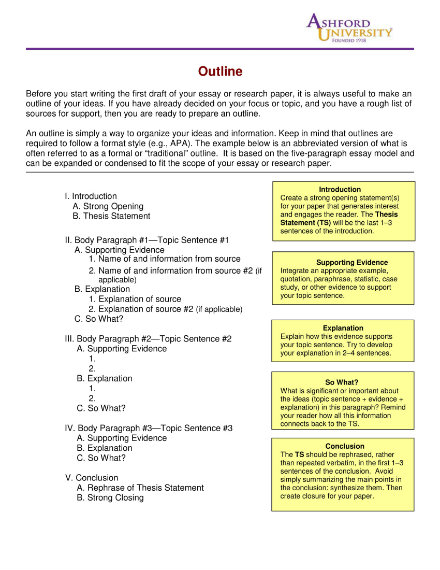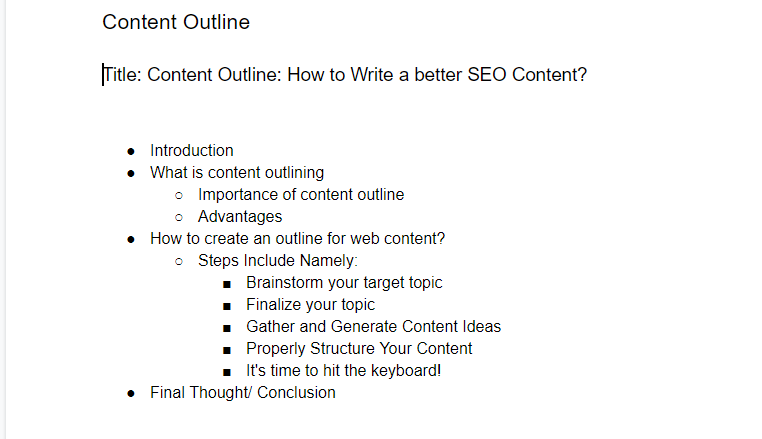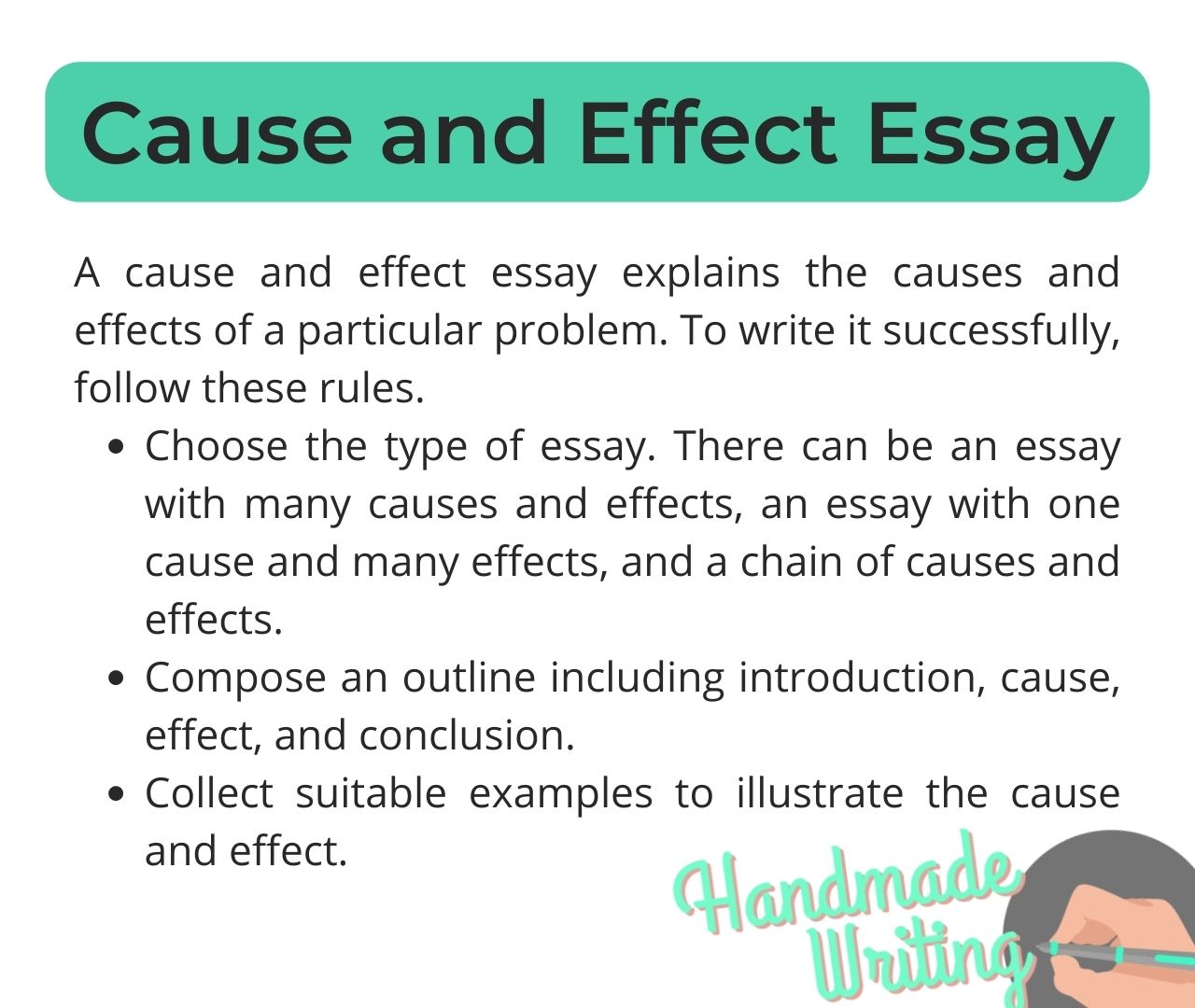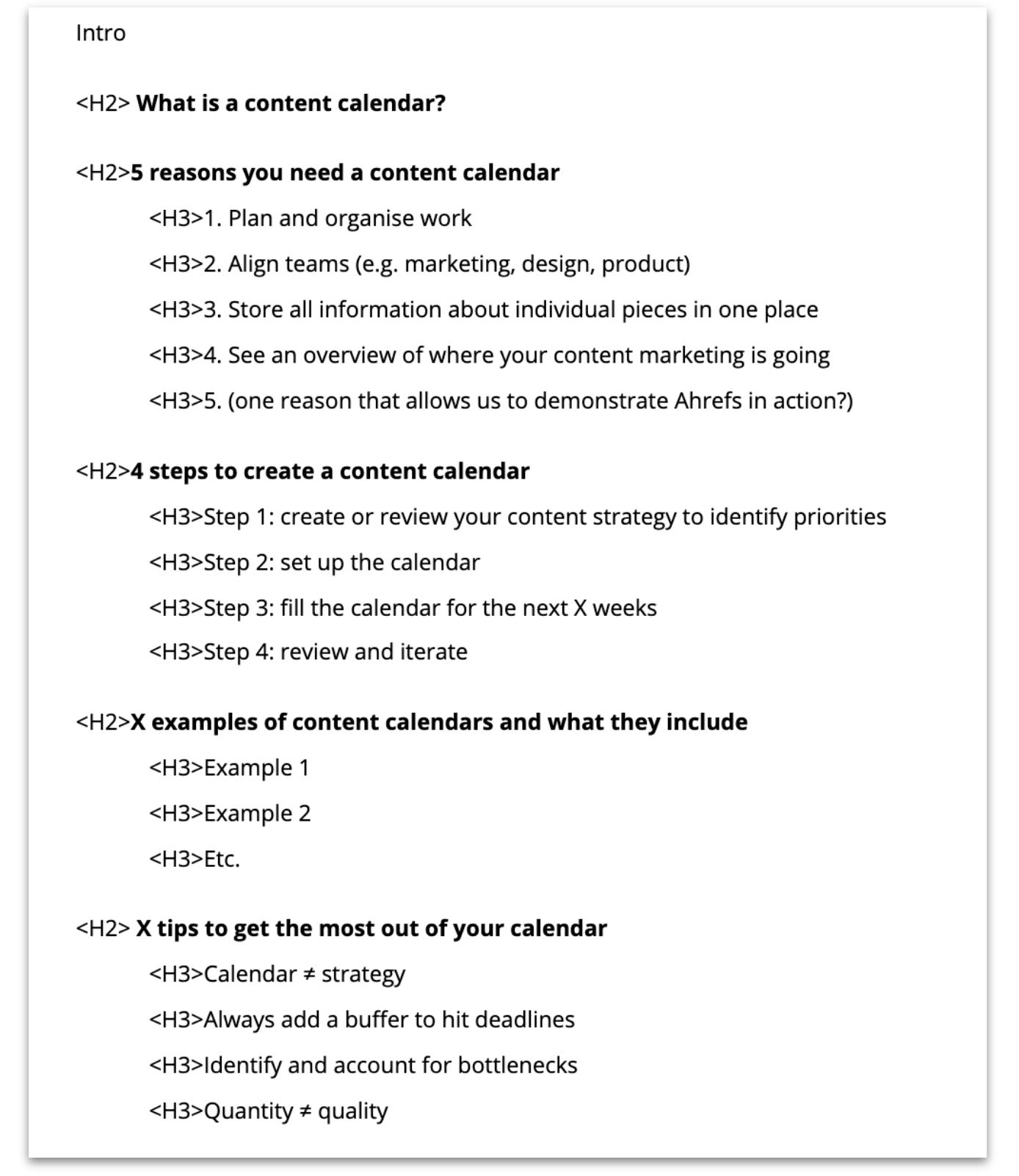An outline is a tool used to organize and structure written ideas. It can be used for a variety of purposes, such as planning a speech, preparing a research paper, or organizing the main points of a story or essay. An outline helps writers to break down their ideas into smaller, more manageable chunks, and to see the logical progression of their thoughts. It can also serve as a roadmap, helping writers to stay focused on their topic and not stray off course.
There are many different ways to create an outline, and the specific format will depend on the purpose and style of the writing. One common method is to use Roman numerals for the main points, followed by capital letters for subpoints, and then Arabic numerals for sub-subpoints. For example, the main points of an outline might be represented as I, II, and III, with subpoints being A, B, and C, and sub-subpoints being 1, 2, and 3.
Another method is to use decimal notation, with each level of the outline indicated by a decimal point. For example, the main points might be represented as 1.0, 2.0, and 3.0, with subpoints being 1.1, 1.2, and 1.3, and sub-subpoints being 1.1.1, 1.1.2, and 1.1.3.
Regardless of the specific format, an outline should be clear and easy to follow, with each point clearly defined and connected to the others. It should also be flexible enough to allow for changes and adjustments as the writing process progresses.
In addition to helping writers organize their ideas, an outline can also be a useful tool for readers, providing a clear overview of the content and structure of a document. Outlines can be used to create summaries of long texts, or to highlight the main points of a document for quick reference.
Overall, an outline is a valuable tool for writers and readers alike, helping to organize, structure, and clarify ideas in a clear and logical manner.






